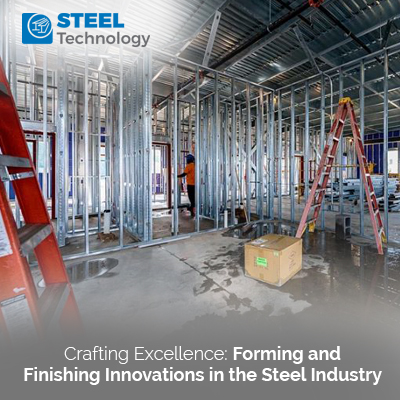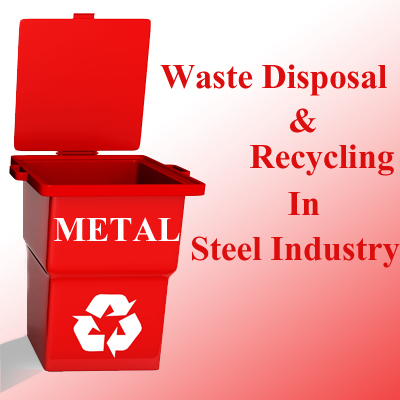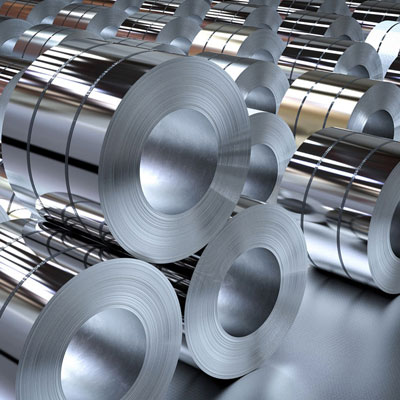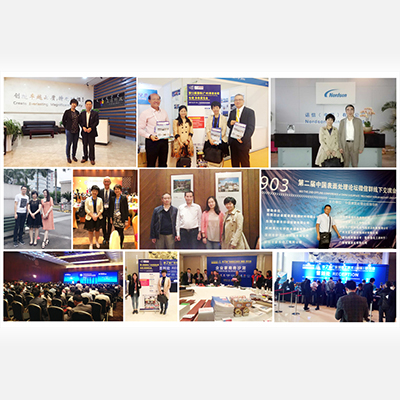Crafting Excellence: Forming and Finishing Innovations in the Steel Industry

The steel industry is the backbone of modern infrastructure, providing the essential materials for construction, manufacturing, transportation, and numerous other sectors. At the core of this industry are the processes of forming and finishing, which play a crucial role in shaping raw steel into functional components with precise dimensions, enhanced properties, and aesthetic appeal.
Evolution of Forming Techniques
Forming techniques in the steel industry have undergone a significant evolution over time. Traditional methods like forging and casting, although still relevant in certain applications, have been largely supplemented by advanced technologies that offer greater precision, efficiency, and versatility.
One of the key modern forming techniques is roll forming, a continuous process where a flat strip of steel is passed through a series of rolls to gradually shape it into a desired profile. This method allows for the creation of complex shapes with consistent dimensions and high accuracy, making it ideal for producing components such as beams, tubes, and panels used in construction and manufacturing.
Stamping is another prevalent forming technique that involves using dies to cut and shape steel sheets into specific forms. It is particularly suited for the mass production of intricate parts, such as automotive body panels, appliance components, and metal enclosures. With advancements in die design and hydraulic press technology, stamping has become more efficient and cost-effective, contributing to the industry's ability to meet high-volume demands.
Extrusion is yet another method that is widely used for forming steel profiles with uniform cross-sections. In extrusion, steel is forced through a die to create shapes like tubes, rods, and channels. This process offers advantages such as improved structural integrity, seamless finish, and the ability to work with various steel alloys, making it a preferred choice for applications in the construction, transportation, and manufacturing sectors.
Precision in Finishing Processes
Finishing processes are essential for enhancing the properties, appearance, and durability of steel components. These processes not only improve the aesthetic appeal but also provide critical functionalities such as corrosion resistance, wear protection, and surface smoothness.
One of the most common finishing techniques is galvanization, where steel is coated with a layer of zinc to protect it from corrosion. This process is particularly valuable for outdoor structures, automotive parts, and infrastructure components exposed to harsh environmental conditions. Galvanized steel offers long-term durability and requires minimal maintenance, making it a cost-effective solution for many applications.
Coating technologies such as powder coating and electroplating are also widely used in the steel industry to provide protective and decorative finishes. Powder coating involves applying a dry powder to the steel surface and then curing it to form a durable and attractive coating. Electroplating, on the other hand, uses an electrolytic process to deposit a thin layer of metal (such as chrome, nickel, or zinc) onto the steel substrate, offering enhanced corrosion resistance and aesthetic appeal.
Machining and grinding are critical finishing processes that ensure dimensional accuracy, surface smoothness, and tight tolerances in steel components. These processes are commonly employed in the production of precision parts for machinery, tools, and mechanical assemblies. Advanced machining techniques, including CNC (Computer Numerical Control) machining and laser cutting, enable manufacturers to achieve intricate designs and high-quality finishes with speed and precision.
Impact on Industry and Applications
The advancements in forming and finishing techniques have had a profound impact on various industries and applications. In the automotive sector, for example, the use of advanced forming processes such as roll forming and stamping has revolutionized the production of lightweight yet robust components, leading to improved fuel efficiency, vehicle performance, and safety standards. Galvanized and coated steel is extensively used in automotive bodies, chassis, and structural components to enhance durability and corrosion resistance.
In the construction industry, steel's versatility, strength, and aesthetic appeal make it a preferred choice for a wide range of applications. Formed and finished steel products, including beams, columns, roofing panels, and facades, contribute to the structural integrity, durability, and visual appeal of buildings, bridges, and infrastructure projects. Coated and finished steel also finds applications in appliances, furniture, signage, and consumer goods where corrosion resistance, hygiene, and aesthetics are essential.
The aerospace and defence sectors benefit significantly from advanced forming and finishing technologies that enable the production of lightweight, high-strength components with stringent performance requirements. Aerospace-grade steel alloys, combined with specialized coatings and surface treatments, ensure the structural integrity, fatigue resistance, and environmental durability of aircraft structures, engines, and critical components. Precision machining and finishing processes play a vital role in aerospace manufacturing, where tight tolerances, smooth surfaces, and dimensional accuracy are paramount.
Challenges and Innovations
Despite the numerous benefits offered by modern forming and finishing techniques, the steel industry faces several challenges that require innovative solutions. One of the primary challenges is environmental sustainability, with a growing emphasis on reducing carbon emissions, energy consumption, and waste generation in steel production and processing. Innovations such as eco-friendly coatings, water-based paints, and energy-efficient manufacturing processes are being developed to minimize the industry's environmental footprint and promote sustainable practices.
Another challenge is the need for continuous improvement in quality control, consistency, and cost-effectiveness across the entire supply chain. Advanced automation technologies, including robotics, AI-driven systems, and IoT-enabled sensors, are being deployed to optimize production processes, enhance product quality, reduce defects, and streamline logistics and inventory management. Real-time data analytics, predictive maintenance, and remote monitoring capabilities enable proactive decision-making and operational efficiency improvements, contributing to overall competitiveness and customer satisfaction.
Future Trends and Sustainability
The future of forming and finishing in the steel industry is shaped by emerging trends and technologies that prioritize sustainability, digitalization, and innovation. Green manufacturing practices, including recycling of steel scrap, waste minimization, and energy recovery, are expected to gain traction as the industry strives to reduce its environmental impact and carbon footprint. Advancements in renewable energy sources, such as solar and wind power, are also influencing the shift towards cleaner and more sustainable production processes.
Digitalization and Industry 4.0 initiatives are transforming the steel industry's operational landscape, leading to the development of smart factories, connected supply chains, and data-driven decision-making frameworks. The integration of IoT devices, AI algorithms, machine learning models, and predictive analytics platforms enables real-time monitoring, predictive maintenance, process optimization, and quality assurance across all stages of steel production, forming, finishing, and distribution.
Collaboration and partnerships between steel manufacturers, technology providers, research institutions, and government agencies are fostering innovation, knowledge sharing, and best practices adoption in the industry. Cross-sector collaborations, such as the automotive and steel industries working together on lightweighting initiatives, material research, and sustainability standards, are driving synergies, cost efficiencies, and value creation for stakeholders.
Conclusion
In conclusion, forming and finishing innovations are integral to the steel industry's evolution, growth, and sustainability. From traditional methods to advanced technologies, the industry has embraced a range of techniques and processes that enhance efficiency, quality, and environmental responsibility. The impact of these innovations is felt across diverse sectors, from automotive and aerospace to construction and consumer goods, where steel plays a central role in driving progress, innovation, and economic development.
Looking ahead, the steel industry is poised for continued transformation, driven by digitalization, sustainability imperatives, and collaborative partnerships. By leveraging emerging technologies, adopting best practices, and embracing a culture of innovation and continuous improvement, the industry can address current challenges, seize new opportunities, and maintain its position as a key enabler of global prosperity and progress.











